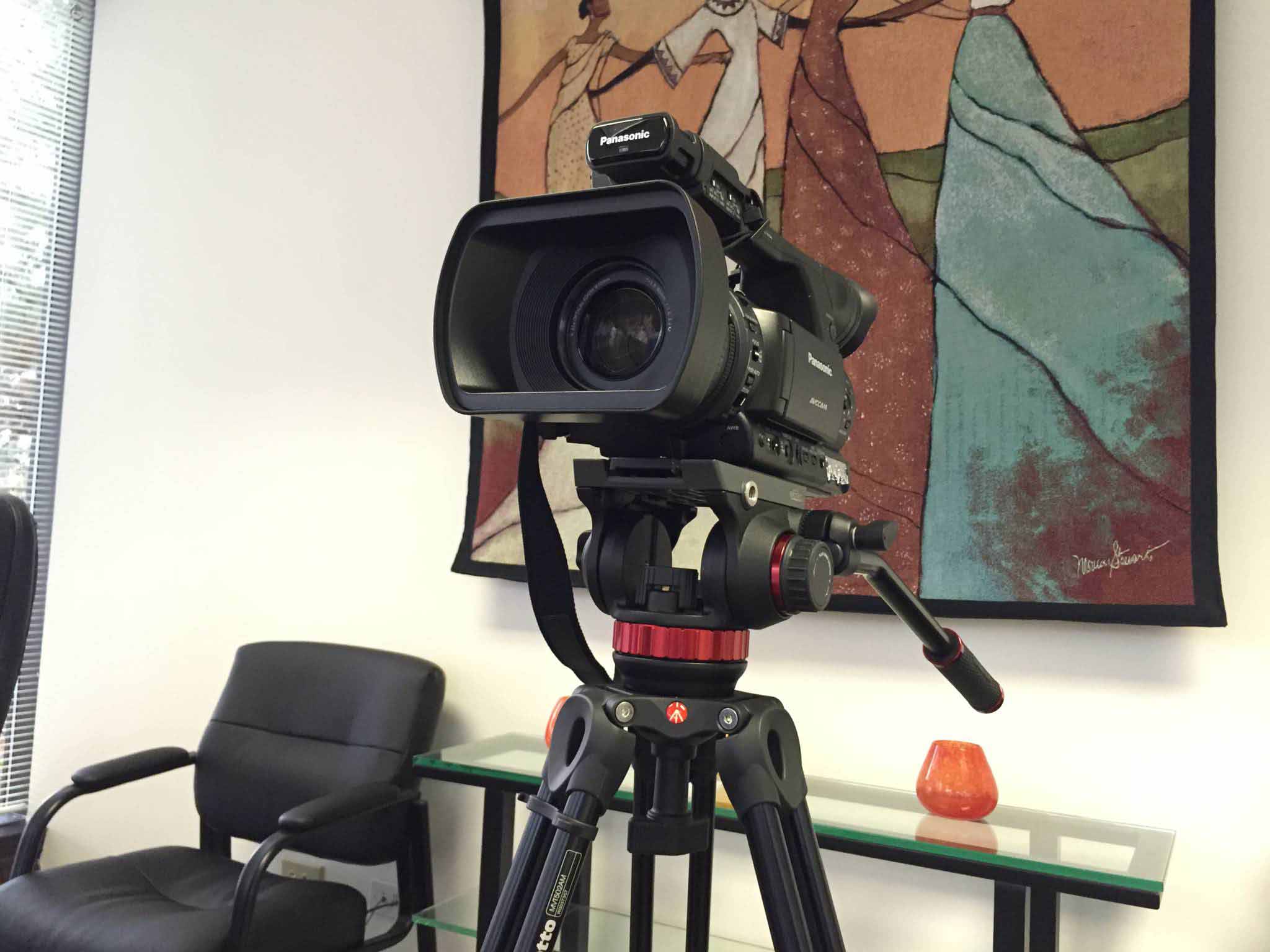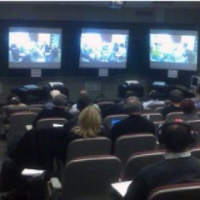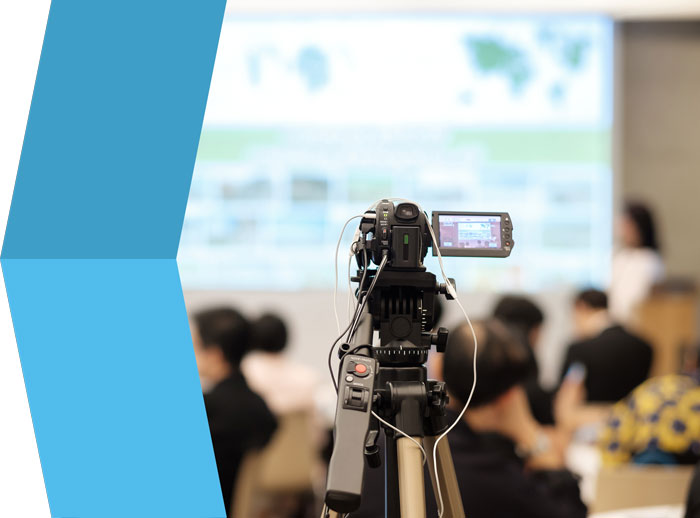Why Legal Videography Is Important for Accurate Court Recordings
The function of legal videography in court room setups can not be overstated, as it offers as an essential device for maintaining the honesty of court documents. The implications of integrating lawful videography into common courtroom practices raise crucial questions concerning its broader influence on the lawful system.
Significance of Visual Proof
In the realm of legal procedures, the significance of visual proof can not be overstated. Aesthetic evidence works as a powerful device in establishing realities, substantiating testaments, and enhancing the general quality of a situation. This type of proof, that includes photos, videos, and layouts, can provide a substantial context that spoken summaries usually do not have, thereby supplying juries and courts a clearer understanding of the scenarios surrounding an instance.
Additionally, aesthetic evidence aids in the retention of details. Human cognition is naturally visual, and individuals are extra likely to keep in mind and comprehend information presented in an aesthetic layout. In the court room, this can be essential, as compelling visual evidence can sway point of views and enhance the narrative offered by legal agents.
Additionally, the usage of aesthetic evidence can reduce misconceptions and uncertainties that typically emerge from spoken exchanges. By providing a straight depiction of events, aesthetic proof aids to get rid of subjective interpretations and promotes an extra objective exam of the truths. Subsequently, the assimilation of aesthetic evidence into legal proceedings not just strengthens the stability of the judicial procedure yet additionally improves the chance of attaining a simply end result.
Recording Non-Verbal Hints
Making use of advanced videography methods can significantly enhance the capture of non-verbal cues throughout legal process. Non-verbal interaction, consisting of faces, body language, and eye call, plays an essential duty in communicating feelings and intentions that might not be clearly specified in spoken testimony. legal videography. Legal videography uses high-definition video cameras and critical angles to ensure that these subtle hints are videotaped with clarity and precision
The capability to assess non-verbal habits can offer beneficial context to statements made throughout court sessions. For instance, a witness's hesitation or self-confidence can be translated via their stance or gestures, possibly affecting the jury's perception of reliability. The usage of close-up shots can help concentrate on a speaker's expressions, allowing for an extra nuanced understanding of the statement.
Furthermore, integrating several cam angles can create a detailed sight of interactions, highlighting characteristics between celebrations included. This multifaceted strategy not just improves the accuracy of the court document yet additionally aids in preserving the integrity of the judicial procedure - legal videography. Inevitably, capturing non-verbal signs through legal videography cultivates a richer, more full depiction of court room process

Enhancing Testament Reliability
The reliability of testament can be significantly strengthened with using top quality legal videography. Video recordings work as an unbiased tool that catches not only the talked words of witnesses but likewise the subtleties of their shipment, consisting of tone, pacing, and psychological expressiveness. This diverse paperwork supplies a clearer understanding of the witness's credibility and intentions, which can be critical in legal proceedings.
Additionally, legal videography minimizes the capacity for false impressions that may develop from created transcripts alone. When jurors can observe a witness's behavior and body movement combined with their testimony, they are much better equipped to examine the authenticity and reliability of the proof offered. This visual context can enhance the testimonial narrative, making it much more compelling and reputable.
Additionally, the presence of a video recording go now can deter possible incongruities in testament. Witnesses might be a lot more cautious in their statements when they know they are being videotaped, resulting in even more exact and genuine accounts. Overall, premium lawful videography enhances the integrity of testimony, guaranteeing that the court has access to a total and sincere representation of the truths as conveyed by the witnesses.
Sustaining Appeals and Reviews
Lawful videography plays a vital duty in supporting appeals and reviews by offering an extensive aesthetic record of court room proceedings. This visual documentation captures not just the talked words of witnesses and attorneys however likewise the nuances of body movement, tone of voice, and court room dynamics. Such components have a peek at these guys can be pivotal in understanding the context of statements and arguments provided.
In the appellate process, where the emphasis is on errors of legislation and procedural justness, a video document can offer as a crucial device for appellate courts. It makes it possible for courts to assess the initial trial context, making sure that decisions are based upon a complete understanding of the proceedings. The capacity to aesthetically assess the demeanor of witnesses or the interactions between parties can reveal understandings that composed transcripts might forget.

Furthermore, legal videography can aid in clarifying obscurities in testaments or step-by-step rulings, thereby reinforcing the basis for an allure. By supplying a reliable, objective account of what transpired in court, lawful videography not just sustains the stability of the legal procedure however also empowers all events involved to make educated content choices concerning their situations.
Streamlining Court Processes
Enhancing court room efficiency, legal videography improves processes by giving immediate accessibility to visual records of proceedings. This modern technology enables courts, lawyers, and courts to review critical testament and proof, guaranteeing that all events have a clear understanding of the situation. By capturing the nuances of spoken and non-verbal interaction, videography enriches the record, making it simpler to realize the context and weight of statements.

Additionally, video clip recordings can help with remote participation in hearings, enabling higher flexibility in organizing and participation, which is especially important in complicated instances including numerous stakeholders.
Conclusion
To conclude, lawful videography plays a crucial role in making certain exact court recordings by giving crucial aesthetic proof that records both verbal and non-verbal communication. This practice boosts the integrity of testaments, supports appellate evaluations, and enhances court room processes. By promoting a detailed understanding of courtroom characteristics, legal videography inevitably contributes to more fair judicial outcomes, enhancing the honesty of the lawful system and helping with notified decision-making.